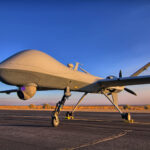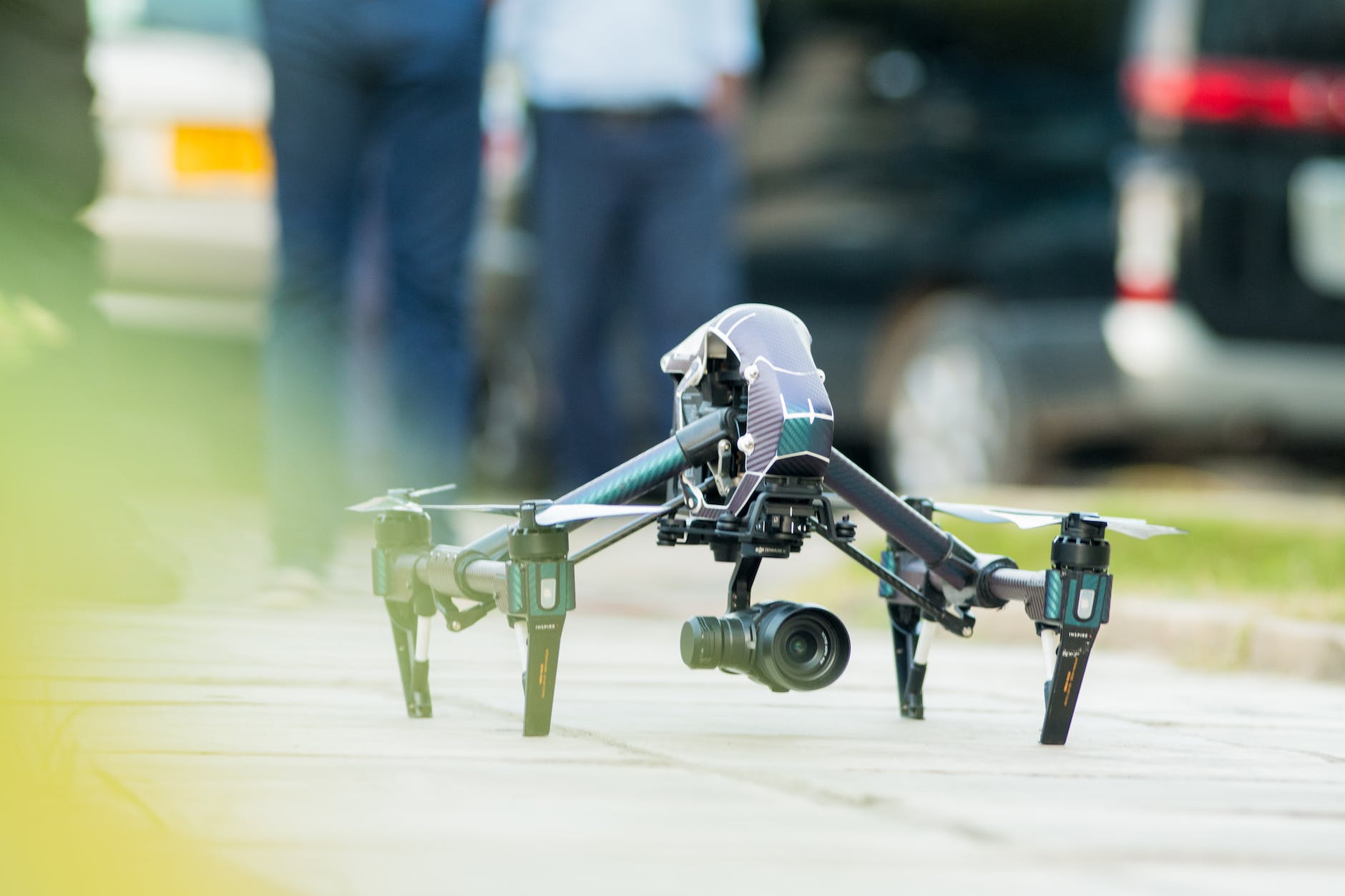
By definition, Human Factors (sometimes referred to as ergonomics) is a study that addresses the optimization of human interactions and considerations within a system with the purpose of providing a better experience for the human user. It's basically thinking about how a system will interact and behave as we plug in a person in the solution or when it impacts humans outside of the system boundary.
Human factors drive design solutions that address things as such:
- What color should the flashing light in system XYZ be? and why?
- How far should the window be located in our cockpit?
- Should the control wheel be on the left or right side of the console?
It is often thought that Human factors only apply to systems that have direct interactions with humans (i.e. Aircraft, automobiles). However, we should note that Human Factors are actually crucial for systems where the human is not part of the direct loop, such as the case of Unmanned Aircraft Systems (UAS).
As defined by the Federal Aviation Administration (FAA), an unmanned aircraft is a component of a UAS. It is defined as an aircraft that is operated without the possibility of direct human intervention from within or on the aircraft (Public Law 112-95, Section 331(8)).
The pilot-less aircraft design associated with UAS still requires the implementation of Human factors decisions because the system, even when fully autonomous, must involve human interaction when we consider the entire system. a UAV requires human remote operation control, development, maintenance, and serviceability. Because of this, we still need to address human factors questions while dealing with UAS:
- Should the UA control system include a joystick or a control wheel?
- Should we paint the fuselage red or blue?
- Should the battery be installed at the bottom or on top?
- etc...
Yes, human factors play a major role when it comes to UAS design, operation, implementation, maintenance, and much more. The need becomes even more crucial when we start integrating UAS into the human environment. Ever thought about the decision and concerns to address if we have to include unmanned aircraft operation within our National Air Space (NAS) with manned aircraft? Will autonomous robots be part of our regular human lifestyle as most often showcased in sci-fi movies? If that's the future for us, someone or a group of laws and regulations will be needed to dictate and guide the proper integration of unmanned and autonomous systems into a manned environment. For that matter alone, human factors become a crucial necessity.
If you want to know more about Human factors implementation in UAS, just follow my blog and look for the #UAS Human Factors tag as I plan on posting more on this subject for the next couple of weeks.
REFERENCES
Federal Aviation Administration (2022). What is an unmanned aircraft system (UAS)? Retrieved from https://www.faa.gov/faq/what-unmanned-aircraft-system-uas





